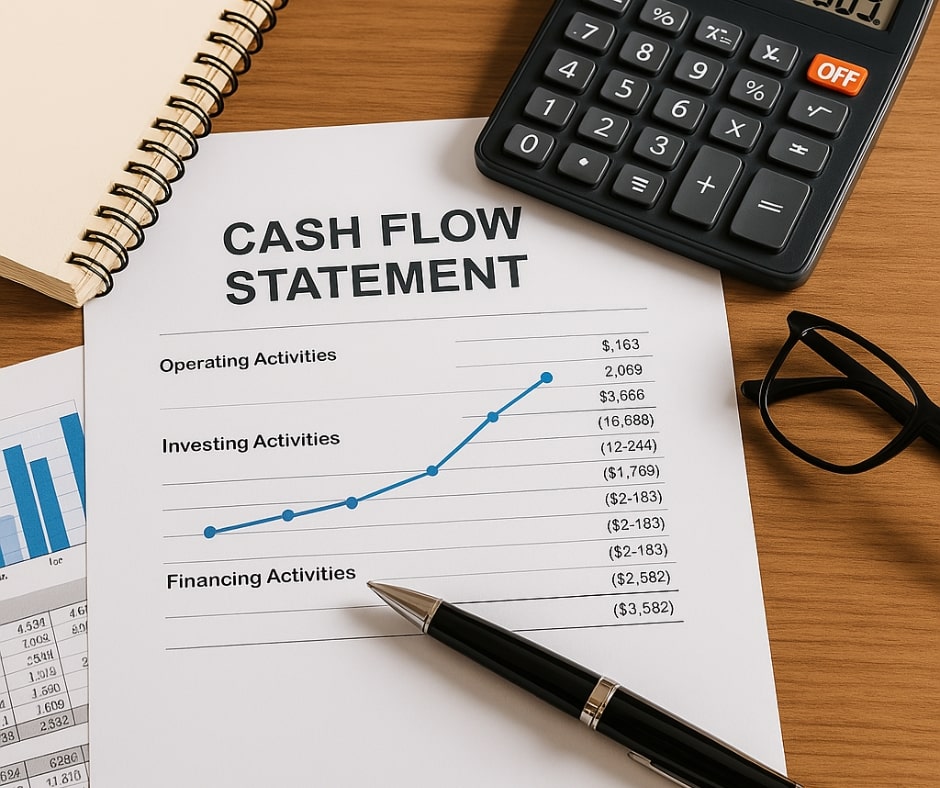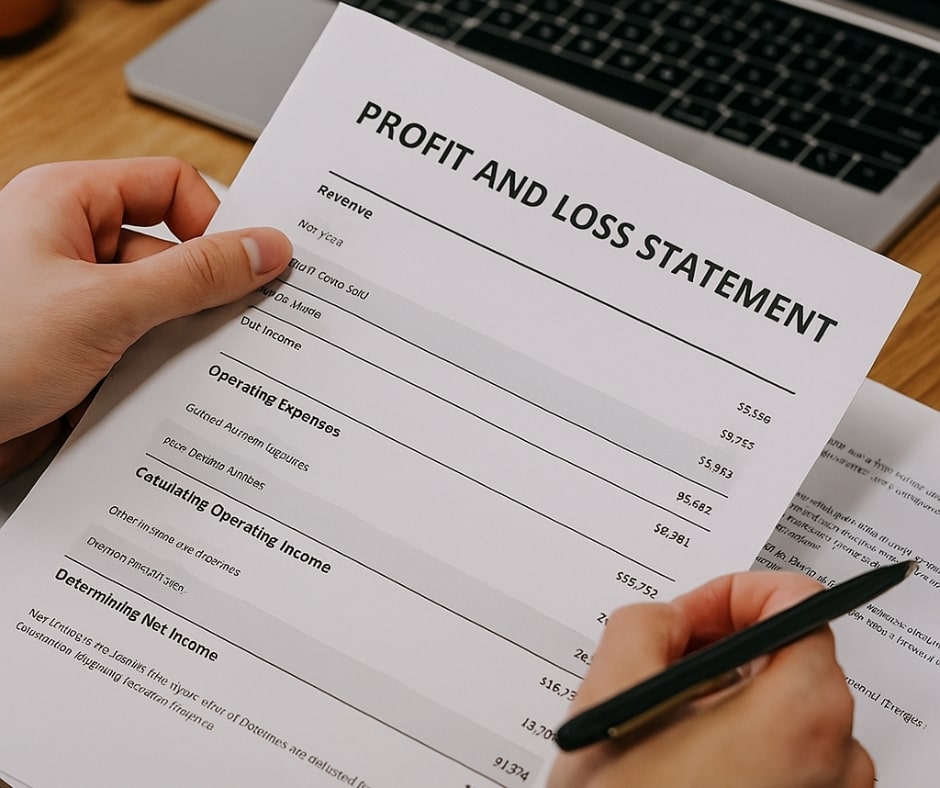A well-structured sales presentation that closes can make the difference between a lost opportunity and a signed contract. To win over potential clients, you must engage, educate, and persuade them. But how do you create a sales presentation that leads to conversions?
In this guide, I’ll walk you through the essential steps to crafting a sales presentation that closes, ensuring your pitch is compelling and effective.
1. Start with a Strong Opening
First impressions matter. Your opening should grab attention immediately. Start with a thought-provoking question, a powerful statistic, or a brief but compelling story that relates to your product or service. The goal is to hook your audience and make them eager to hear more.
2. Know Your Audience Inside and Out
Understanding your audience is key to crafting a relevant presentation. Research their pain points, challenges, and goals. Speak directly to their needs and show how your solution addresses their specific problems.
3. Focus on the Problem-Solution Approach
Clients don’t just want to hear about your product; they want to know how it solves their problems. Structure your presentation around identifying their pain points and demonstrating how your solution provides the best outcome.
4. Use Visuals to Reinforce Key Points
A presentation filled with text-heavy slides can lose your audience’s interest. Use high-quality images, infographics, and videos to make your points clear and memorable. People retain information better when it’s presented visually.
5. Tell a Story to Make It Memorable
Stories create emotional connections, making your message more impactful. Instead of just listing features, share a case study or a customer success story that highlights how your solution helped someone in a similar situation.
6. Showcase Social Proof and Testimonials
Buyers trust other buyers. Include testimonials, case studies, and statistics to validate your claims. This builds credibility and reassures your audience that they’re making a smart decision.
7. Handle Objections with Confidence
Anticipate potential objections and address them proactively in your presentation. If price is a concern, explain the return on investment. If trust is an issue, highlight guarantees or warranties. Be prepared with answers to any hesitation they might have.
8. Use Persuasive Language and Calls to Action
Your words matter. Use persuasive language that instills confidence and urgency. Phrases like “Imagine achieving X result” or “Picture yourself overcoming this challenge” help prospects visualize success. Always end with a strong call to action that directs them to the next step.
9. Keep It Concise and Engaging
People have short attention spans. Keep your presentation clear, direct, and engaging. Avoid unnecessary details that don’t add value. Each slide should contribute to the bigger picture without overwhelming your audience.
10. Practice, Refine, and Improve
Even the best presentations can be improved. Practice delivering your pitch multiple times, refine your messaging based on feedback, and continuously improve your approach to maximize conversions.
Final Thoughts
Building a sales presentation that closes requires strategic planning, audience understanding, and persuasive delivery. By implementing these tactics, you can create a presentation that not only captures attention but also convinces and converts. Start applying these principles today and watch your close rate soar!













